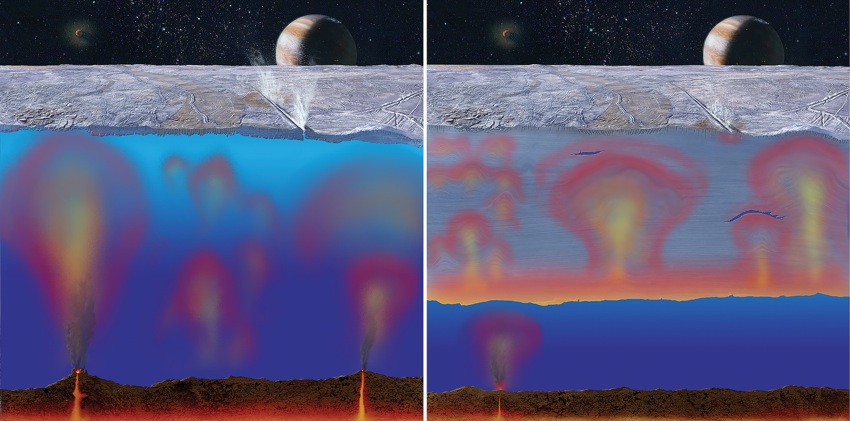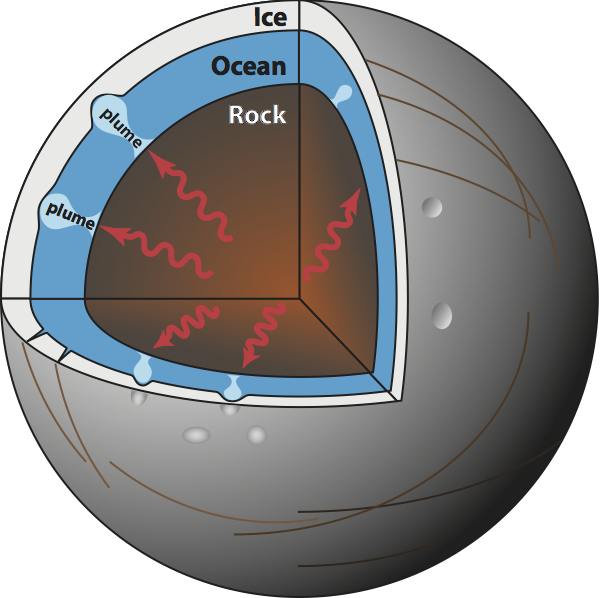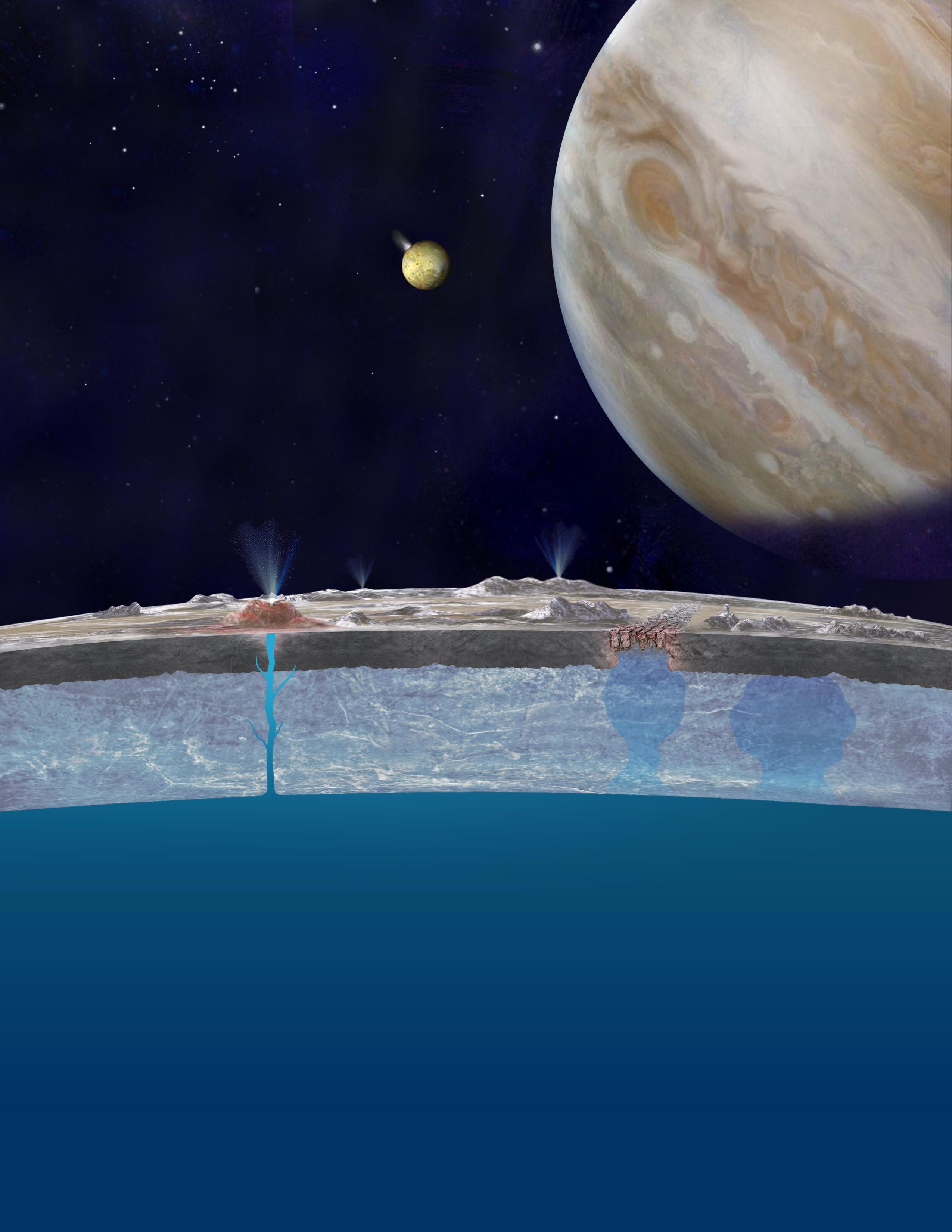Life beyond Earth

Two Wheaton College professors and their students are joining a $50 million, five-year effort to study the origins, evolution, distribution and future of life in the universe.
Physics professors Geoffrey Collins and Jason Goodman are members of a team of researchers that won one of seven grants from the NASA Astrobiology Institute (NAI).
The team—led by NASA’s Jet Propulsion Laboratory and comprised of approximately 20 researchers from colleges and universities around the country—will conduct computer simulations, laboratory experiments and field research in extreme environments on Earth to understand the habitability of extraterrestrial icy worlds such as Europa, Ganymede and Enceladus (moons of Jupiter).
The grant will bring approximately $280,000 to the college to support research efforts by the faculty members and the undergraduate students with whom they collaborate.
“This is going to open up a lot of good learning opportunities for our students to get involved in a large research effort,” Collins said.
Although this is the first grant the two professors have won together, they already share a research focus on the icy worlds of our solar system. Collins studies the surfaces of the icy worlds beyond Earth. He most recently completed a global, geological map of Ganymede, drawing on data collected by the Voyager 1 and 2 missions as well as the Galileo orbiter. In this project, he will be investigating how water trapped under the surface can transport biologically interesting materials through the ice.

Goodman specializes in the emerging field of fluid flow dynamics and in the oceans that scientists believe lie underneath the icy surfaces of these astronomical bodies. He has won a previous grant from the NAI, which has supported computer modeling of the way in which geothermal energy in Europa’s core may be spreading heat and possibly the ingredients of life through the moon’s oceans.
Collectively, the professors’ work deepens our understanding of the potential for life beyond Earth and helps to determine the focus of future NASA missions, such as one currently under consideration for Europa. At the same time, their work studying planetary forces elsewhere in the solar system also enriches scientists knowledge of geologic systems here on Earth.
“That’s always the hope,” said Collins. ” By going out and exploring other places in the solar system, we can come back with a better understanding of how geologic processes on the earth work.”
With both professors and their students working on related projects, Collins and Goodman are looking forward to creating more of a community around their labs.
“This will give students a chance to work out problems with each other and not just with the faculty members,” Goodman said. “It can be more productive and educational for students to work out research problems with each other.”
Wheaton student Ryan Farber ‘15 recently presented computer modeling studies that he produced in collaboration with Goodman at the Icy Worlds Astrobiology meeting last spring in Pasadena, Calif., the only undergraduate to have presented at the conference.
“He did a great job in delivering the presentation, explaining the work and in answering questions from the audience,” Goodman said. “It was very impressive.”
Funds from the grant will create more such opportunities. It will provide stipends for the faculty and students to work during the summer, and it will underwrite travel to conferences and to NASA’s Jet Propulsion Laboratory in Pasadena, the home base for the nationwide team of researchers.

